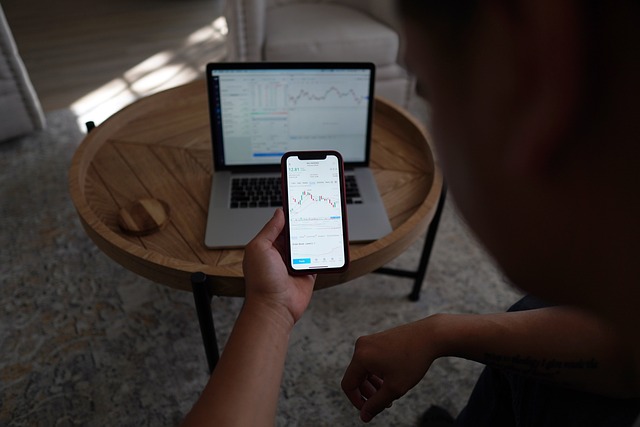
When trading indices, looking beyond a single chart can reveal patterns and signals that are not always visible in isolation. One of the most overlooked techniques in indices trading is correlation analysis. Understanding how different indices move in relation to each other can add a layer of precision to your entries, exits, and overall market bias.
Why Correlation Matters in Index Trading
Global indices do not operate in a vacuum. The NASDAQ, S&P 500, Dow Jones, FTSE 100, DAX 40, and Nikkei 225 are all affected by broader macroeconomic sentiment. As a result, these markets often move in tandem or diverge meaningfully, based on investor behavior and economic conditions.
By observing these relationships, traders can confirm trade ideas, identify potential reversals, and even catch early warning signs of broader market moves.
Positive vs Negative Correlation
Most major indices are positively correlated to some degree. For example, if the S&P 500 is rallying, the NASDAQ is likely to move higher as well, though the pace and volatility may differ. A strong correlation provides confidence that the sentiment driving one market is present in others.
Negative correlation, on the other hand, offers diversification opportunities. If one index weakens while another holds strong, this divergence may be due to sector-specific trends, political developments, or currency effects. Spotting when this correlation breaks down can offer trading opportunities, particularly in hedging strategies.
Identifying Correlation Trends
Correlation is not static. It shifts depending on the prevailing macroeconomic themes. During times of uncertainty, correlations across indices tend to tighten. In calmer market phases, decoupling becomes more common.
A trader monitoring European Indices trading like the FTSE 100 and DAX might observe that they often follow the lead of the US markets, particularly when earnings season or Federal Reserve commentary drives volatility. These shifts can create a ripple effect that influences entry timing and confirmation.
Using Correlation to Confirm Trades
Imagine you are considering a long trade on the S&P 500. If, at the same time, the NASDAQ is breaking out of a key resistance level and the Dow Jones is bouncing off support, the combined momentum across multiple indices can offer stronger confirmation.
This does not mean opening multiple trades across correlated indices. It means using these markets as supporting evidence to validate your main idea. When multiple indices align, it strengthens the case. When they diverge, it signals caution.
Risk Management and Correlation
Correlation is also important for managing risk. Traders who open multiple positions across correlated indices without realizing their overlap may unintentionally double their exposure. For example, being long on both the DAX and Euro Stoxx 50 is effectively a similar bet due to their overlapping components and sensitivity to the same economic data.
Understanding these relationships allows you to balance your portfolio more efficiently and avoid overconcentration in a single region or asset class.
Correlation between Indices trading is a powerful tool that adds context and depth to your trading decisions. By monitoring the movement of related markets, traders can avoid false signals, strengthen setups, and navigate volatility with more confidence. Instead of treating each index in isolation, use correlation as a lens to see the broader picture and make smarter trading choices.
